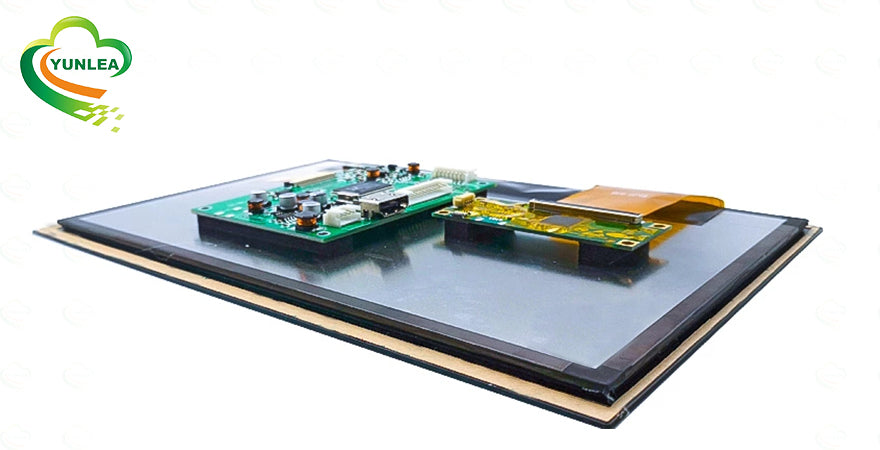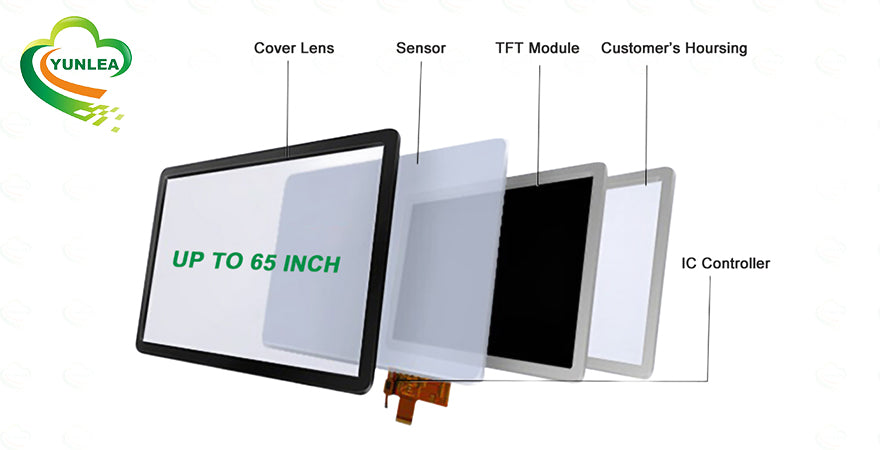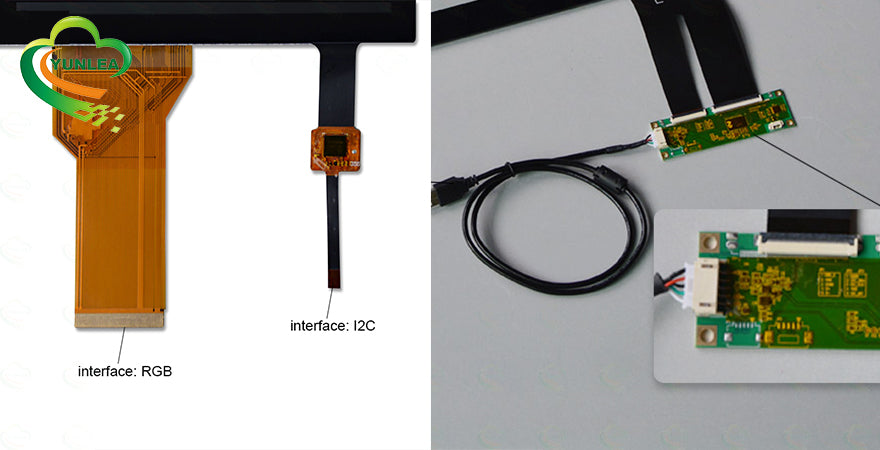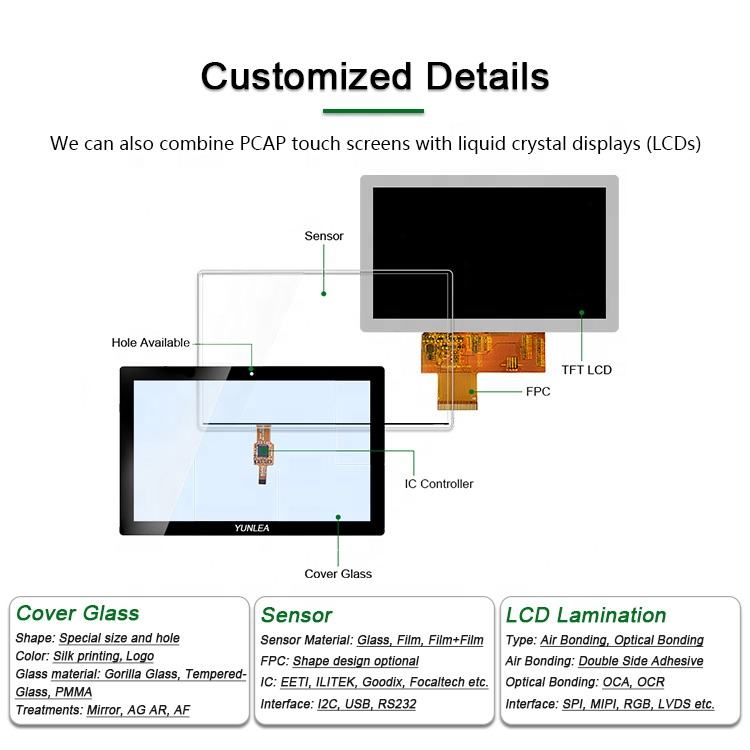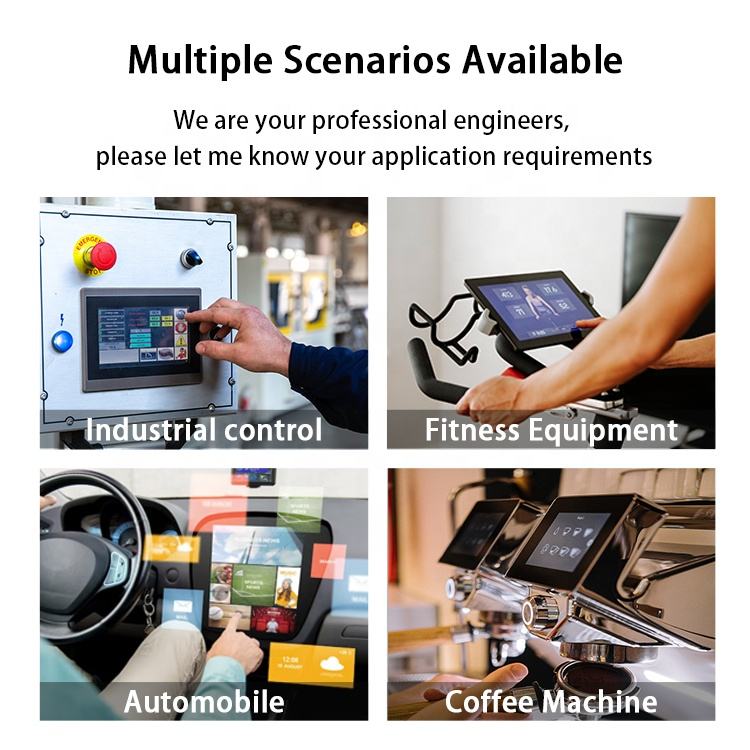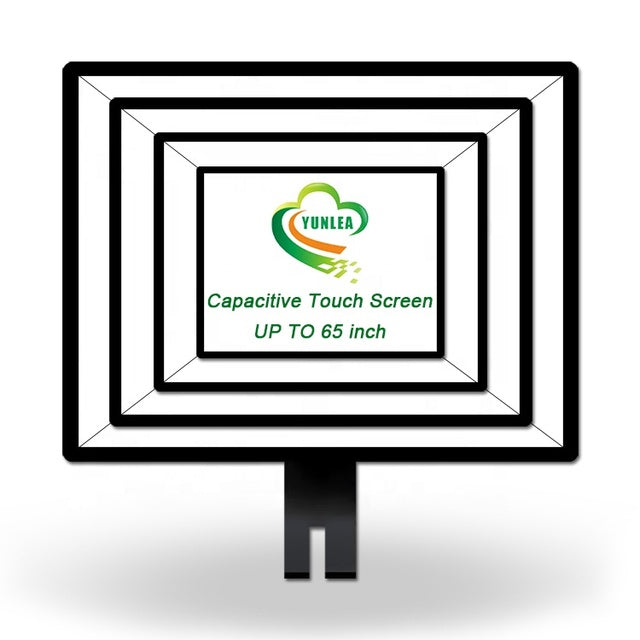Exploring the Integration of TFT LCD Touch Screens with HDMI Boards
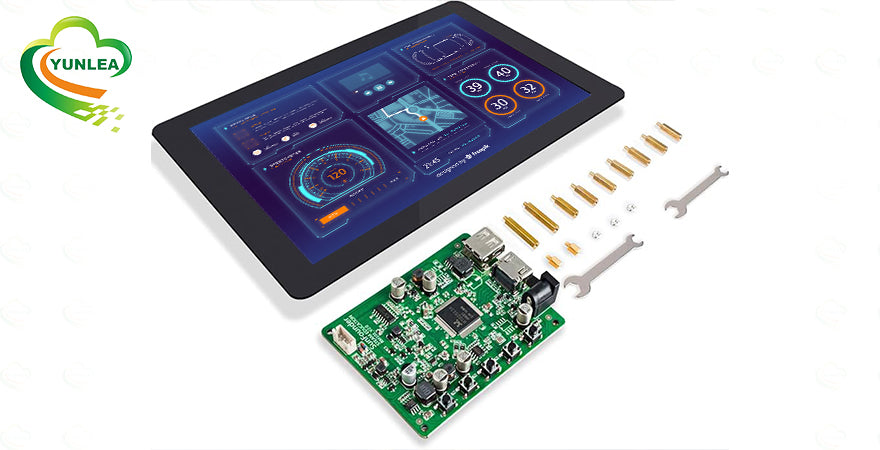
Introduction
Yunlea offers a comprehensive solution with TFT LCD touch screens integrated with HDMI boards, marking a significant advancement in digital display technology. This innovative combination enhances user interaction and visual display capabilities across various industries, including consumer electronics, automotive, industrial control, and healthcare. In this article, we explore the functionalities, applications, and technological significance of HDMI boards with TFT LCD touch screens.
Unveiling the Innovation: HDMI Board with TFT LCD Touch Screen
At the core of this technological breakthrough is the HDMI (High-Definition Multimedia Interface) board, designed to transmit uncompressed video and digital audio data from an HDMI-compliant source. When paired with a TFT (Thin Film Transistor) LCD (Liquid Crystal Display) touch screen, it creates a compelling display solution offering superior color quality, high resolution, and responsive touch interaction.
Core Features and Advantages
High-Resolution Visual Display: TFT LCD screens provide high resolution, vivid colors, and sharp details, making them ideal for applications requiring detailed visual information and attractive graphical interfaces.
Responsive Touch Interaction: Integrated touch screen technology allows for intuitive and efficient user interaction using fingers or a stylus, suitable for interactive kiosks and sophisticated control panels in industrial machinery.
Versatile Connectivity: HDMI boards feature a range of connectivity options, including HDMI inputs, USB ports, SD card slots, and sometimes Wi-Fi or Bluetooth capabilities, adaptable to various data sources and applications.
Ease of Integration and Use: Designed for simplicity, these devices are easy to integrate into various applications with plug-and-play functionality, reducing development time and complexity.
Diverse Applications Across Industries
Consumer Electronics: Enhances smart home devices and portable entertainment systems with high-quality visuals and touch control.
Automotive: Utilized in dashboard displays, navigation systems, and entertainment systems for a seamless and interactive experience.
Industrial and Medical Applications: Employed in control panels and monitoring equipment for precise control and clear display in demanding conditions. In healthcare, they facilitate interactive medical devices and patient monitoring systems.
Education and Retail: Applied in interactive educational tools and retail kiosks, providing engaging and informative user experiences.
Challenges and Considerations
Integrating HDMI boards with TFT LCD touch screens poses challenges such as ensuring durability, optimizing power consumption for battery-powered devices, and addressing visibility under various lighting conditions.
Conclusion
The integration of HDMI board technology with TFT LCD touch screens has revolutionized user interface design, offering unmatched visual quality and touch responsiveness. As technology advances, we anticipate even more innovative applications and improvements, further enhancing our interaction with the digital world. Whether in consumer electronics, automotive, industrial, or healthcare applications, the impact of this integration is profound, underscoring the growing potential of digital display technology.


